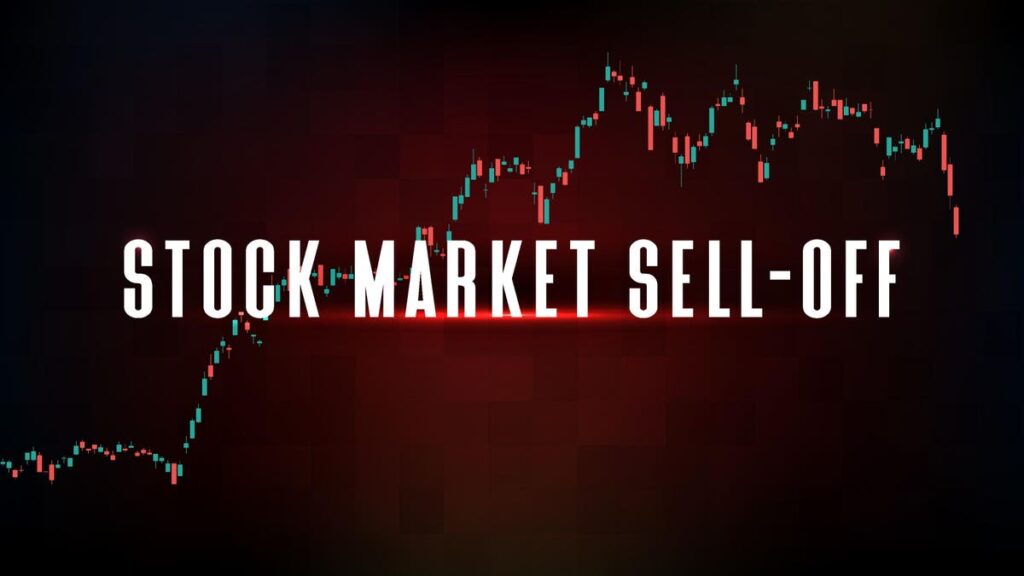What happens when the run-up peters out
Ever wonder why there have been so many October sell-offs? There are two reasons:
- First, economists focus on the economy’s behavior over time, seasonally adjusting everything that has an annual cycle. That means higher growth periods get trimmed and lower growth periods get a boost.
- Second, investors get whipsawed when companies report 3rd quarter financial results (that are not seasonally adjusted). The 2nd quarter earnings reports looked better than the economy results indicated, and now the 3rd quarter earnings will look worse.
And those 3rd quarter earnings reports begin in October.
How significant are the seasonal swings?
Enough to make a sizable difference in company results. Below are some major economic indicators unadjusted, showing what really happened. Note the sizable 2nd quarter growth numbers, followed by low or nil 3rd quarter results.
The 2020 2nd quarter results reflect the Covid-19 shutdowns, followed by the initial rebound in the 3rd quarter. Throughout 2021 and 2022, results were affected by rebound continuations. This year appears to have normal moves, meaning we can expect the 3rd and 4th quarters to reflect the pre-Covid seasonal moves.
What may be surprising is that 2nd quarter growth typically exceeds the 4th (holiday) quarter. Moreover, 1st quarter growth is significantly negative. These dynamics are lost by examining only seasonally-adjusted numbers.
Gross Domestic Product (GDP)
The graph shows the quarterly percentage change from the previous quarter (annualized because that is the usual presentation statistic).
Quarterly GDP growth rates (not seasonally adjusted, annualized)
Retail Sales (including online)
The graph shows the quarterly percentage change from the previous quarter (not annualized).
Quarterly retail sales growth (not seasonally adjusted)
Employees
The graph shows the quarterly percentage change from the previous quarter (not annualized).
Quarterly employees growth (not seasonally adjusted)
The bottom line: 3rd quarter has another problem for companies
Companies jumped on the price increase bandwagon when inflation bumped up two years ago. At first, they explained that shortages, shipping delays and suppliers’ price rises made them do it. Then, as in the past, when inflation became expected, the price raising became a company strategy, even as the previous rationales evaporated.
However, at some point two important groups undermine the price raising strategies.
- Buyers (businesses and consumers) take action, making changes to lower and/or better control prices paid
- Labor (employees and unions) make demands for higher wages and salaries
Obviously, both actions (which are happening now) eat into company revenues and profits. Can companies then raise prices further to maintain profit margins? Yes, until the revenue decline offsets the pricing gains.
We’re at that point now, and the 3rd quarter growth slowdown could aggravate the situation. So, when companies start reporting 3rd quarter financials in October (!), the stock market could be in for rocky times at best, more likely a sell-off.
A nagging concern: “Could the stock market crash?”
Yes, it’s possible – perhaps even probable because it seems so unlikely to most investors. But whichever, sell-off or crash, neither will be a new bear market. That’s because the recent stock market rise is being driven by many (most?) of the previous bull rationales and favorites (even including SPACs and Meme stocks). There is no valid reason for that lightening striking twice. So, it means we have not yet seen a true washout of the last bull stock market.
